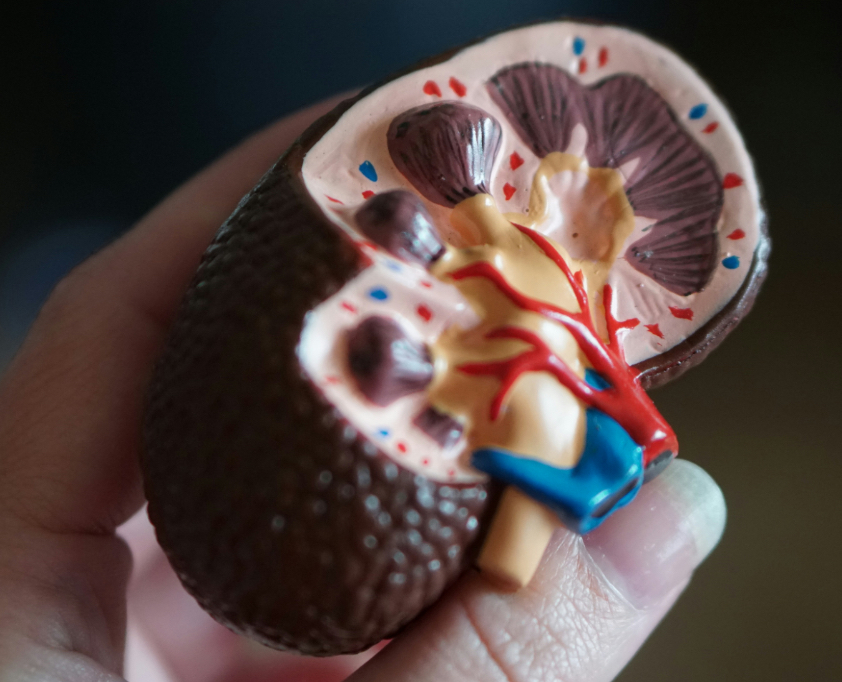Rheumatoid arthritis (RA) can cause pleural effusion due to inflammation of the pleura, the membrane surrounding the lungs. This occurs because RA is a systemic autoimmune disease that triggers chronic inflammation, which can affect multiple organs, including the pleura. Here’s a concise explanation of the mechanisms:
- Pleural Inflammation: RA-related immune responses can lead to pleuritis (inflammation of the pleura), causing fluid accumulation in the pleural space. This is often due to the deposition of immune complexes or autoantibodies like rheumatoid factor (RF) in the pleural tissue.
- Exudative Effusion: The pleural effusion in RA is typically exudative, meaning it results from increased vascular permeability due to inflammation. Cytokines (e.g., TNF-α, IL-6) released during RA flare-ups promote this process.
- Direct Autoimmune Attack: RA’s autoimmune activity may directly target pleural tissue, leading to localized inflammation and fluid buildup.
- Associated Complications: In some cases, RA-related conditions like rheumatoid nodules or secondary infections can contribute to pleural effusion.
Pleural effusion is more common in patients with long-standing, seropositive RA (positive for RF or anti-CCP antibodies) and is often asymptomatic but can cause chest pain or breathing difficulties. Diagnosis typically involves imaging (e.g., chest X-ray) and thoracentesis to analyze pleural fluid, which may show low glucose levels, high protein, and the presence of RF.
Disclaimer: owerl is not a doctor; please consult one.
Pleural fluid analysis in rheumatoid arthritis (RA)-associated pleural effusion typically reveals an exudative effusion with distinct characteristics due to the underlying autoimmune inflammation. Below are the key pleural fluid lab values commonly observed in RA-related pleural effusion:
- Appearance:
- Often turbid or yellowish due to inflammatory cells and proteins.
- May appear milky if cholesterol-rich (pseudochylous effusion).
- Protein:
- Elevated, typically >3 g/dL (exudative, per Light’s criteria).
- Reflects increased vascular permeability from inflammation.
- Lactate Dehydrogenase (LDH):
- Elevated, often >200 IU/L or meeting Light’s criteria for exudate (pleural fluid/serum LDH ratio >0.6).
- Indicates tissue inflammation or damage.
- Glucose:
- Markedly low, often <30–50 mg/dL (a hallmark of RA effusion).
- Due to increased glucose consumption by inflammatory cells and impaired transport across the inflamed pleura.
- pH:
- Low, typically <7.3.
- Reflects high metabolic activity of inflammatory cells.
- Cell Count and Differential:
- Predominantly lymphocytes or neutrophils, depending on the stage of inflammation.
- Total white blood cell count often elevated (e.g., >1,000–10,000/μL).
- Multinucleated giant cells or “RA cells” (macrophages with ingested neutrophils) may be seen.
- Rheumatoid Factor (RF):
- Often positive in pleural fluid, sometimes at higher titers than in serum.
- Supports RA as the cause, though not specific.
- Complement Levels:
- Low C3 and C4 levels in pleural fluid.
- Indicates immune complex-mediated inflammation.
- Cholesterol and Triglycerides:
- Elevated cholesterol (>45 mg/dL) in chronic RA effusions, contributing to pseudochylous appearance.
- Triglycerides typically normal (distinguishing from true chylothorax).
- Cytology:
- Negative for malignancy, though chronic inflammation may cause reactive mesothelial cells.
- Helps rule out other causes like cancer or tuberculosis.
Notes:
- These findings are not exclusive to RA and must be interpreted with clinical context, imaging, and serologic tests (e.g., anti-CCP, RF).
- Light’s criteria (protein ratio >0.5, LDH ratio >0.6, or pleural LDH >2/3 upper limit of normal serum LDH) confirm exudative effusion.
- Low glucose and high RF are particularly suggestive of RA but can also occur in tuberculosis or malignancy, so differential diagnosis is critical.


Leave a Reply